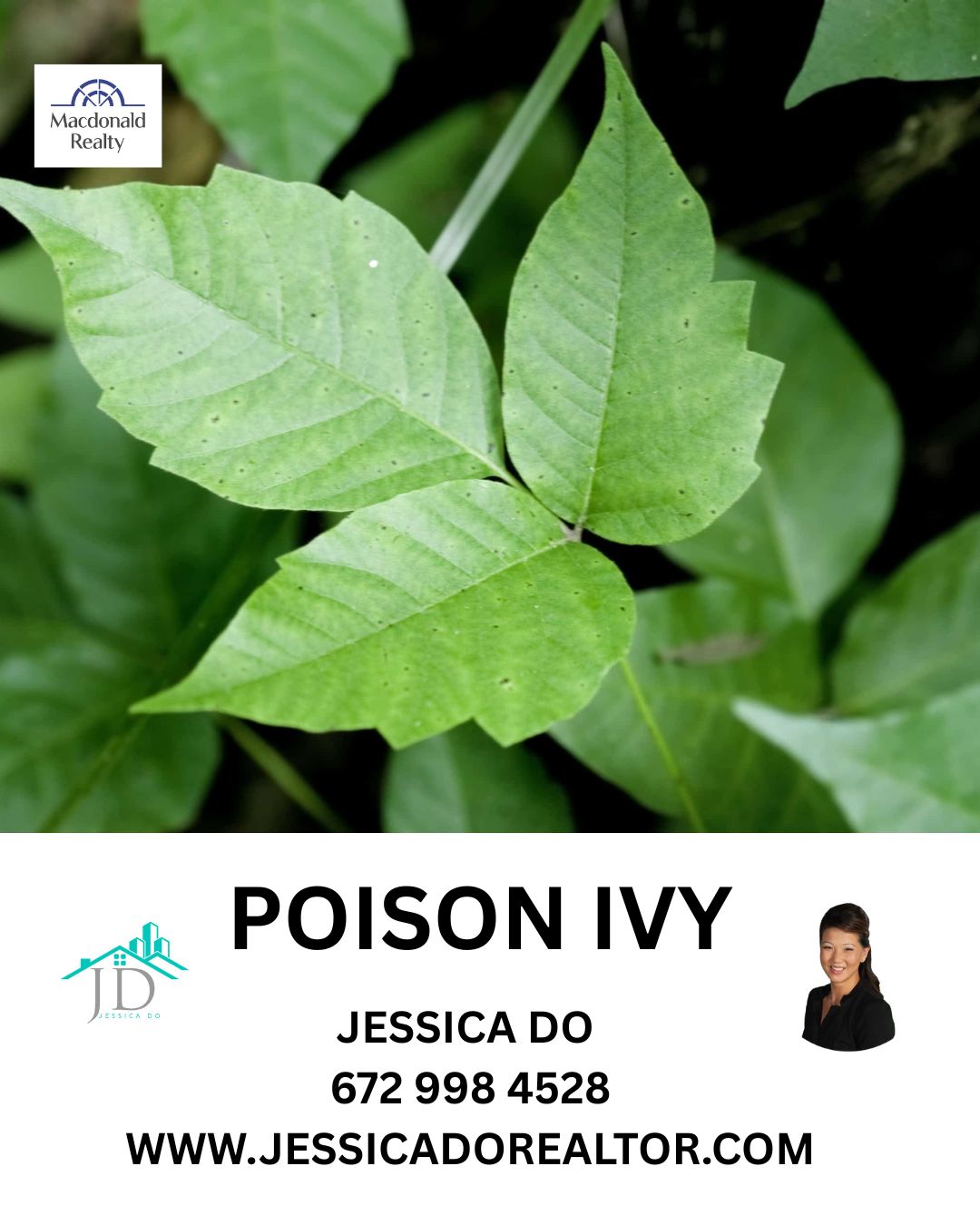🌿 5 Dangerous Things Lurking in Your Lawn
Your lawn may look like a peaceful green carpet, but it can secretly harbor threats to your health, pets, and plants. Here’s a breakdown of five hidden dangers that could be closer than you think:
1. Poison Ivy (Toxicodendron radicans)
Danger: Painful rashes, skin irritation, allergic reactions
What to Look For: Shiny green leaves in groups of three; red stems; white berries in fall
Poison ivy contains urushiol, an oil that causes an itchy, blistering rash upon contact with the skin. Even brushing against the plant, or petting an animal that has touched it, can trigger a reaction. It thrives in shaded or partially wooded areas and can climb trees or spread along the ground.
Tip: Wear gloves and long sleeves when gardening, and wash tools/clothing if exposed.
2. Poisonous Mushrooms
Danger: Toxic if ingested — symptoms range from stomach upset to liver failure
What to Look For: Unfamiliar mushrooms, especially colorful or warty ones; rings around stems
Out of over 10,000 mushroom species, about 3% are toxic. Some of the most dangerous, like Amanita species, resemble edible mushrooms and can cause fatal organ damage. Pets and children are especially at risk since they may touch or eat mushrooms out of curiosity.
Tip: Regularly inspect and remove mushrooms from your lawn—never assume a mushroom is safe.
3. Snow Mold (Gray or Pink Types)
Danger: Triggers allergies and can damage cool-season grasses
What to Look For: Circular patches of matted grass with gray, white, or pink fuzz after snow melts
Snow mold is a fungal disease that forms under snow cover, especially when the grass hasn’t been mowed short before winter. It can kill lawn patches and release spores that aggravate asthma, allergies, and respiratory conditions.
Tip: Rake out matted grass in spring and aerate your lawn to prevent buildup of moisture.
4. Nostoc Algae (a.k.a. “Witch’s Butter” or “Star Jelly”)
Danger: Extremely slippery; causes slip-and-fall accidents
What to Look For: Green, jelly-like or greasy patches, often after rain or in compacted soil
Nostoc is a cyanobacterium that appears as a dark green, gelatinous mass when wet. While not toxic, it’s very slippery and can pose a safety hazard on walkways or bare patches of lawn, especially for children or elderly people.
Tip: Improve drainage and aerate soil to prevent its growth.
5. Slime Mold
Danger: Smothers grass and plants by blocking sunlight
What to Look For: Foamy, crusty, or slimy masses in gray, yellow, or black—often described as looking like vomit
Slime mold isn’t harmful to humans or pets, but in large.
Tip: Rake and break it up to allow airflow, and reduce excessive thatch or organic debris.
🛡️ Lawn Care Reminder: Regular maintenance and careful observation can help you catch and mitigate these hazards early—keeping your lawn a safer place for everyone.














